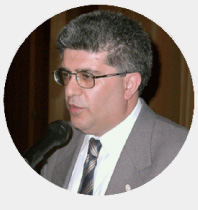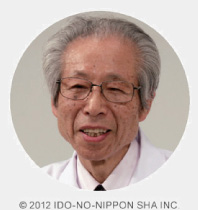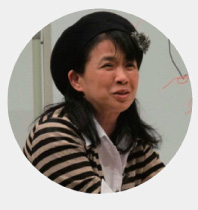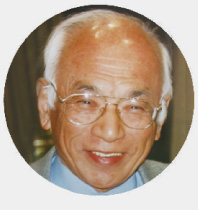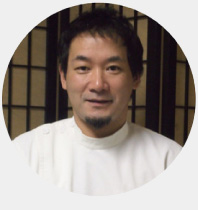TESTIMONIAL
HOME > TESTIMONIAL > Gabriel Stux

Gabriel Stux
Advantages of New Pyonex
The New Seirin Pyonex is a very good advance in the use of painless acupuncture. It is a soft and gentle but most effective application in chronic locomotor pain conditions and for Sportsmedicine and it is very usefull in children and over sensitive patients.
How I use New Pyonex,
Clinical Application of New Pyonex
The knee joint is a very effective location to apply Pyonex in Sportsmedicine.
With 5 to 8 locations in classical points, pain and discomfort can be cured effectively and very fast in 3 to 4 sessions. Most important is the exact location of the classical points and the pressing i.e. acupressure of the points by the patient himself 3 to 5 times daily. The application of Pyonex needles in combination with Acutaping in Sportsmedicine enhances the effects of the treatment significantly: 3-5 local points per joint should be applied.
Another very effective application of the gentle Pyonex needles are oversensitive patients with unrestfull mind, nervousness and sleep disturbances. Here the NADAAcupuncture ear point combination of Michael O. Smith is very usefull and has a very good acute and long lasting efficiancy.
Heart 7 Shenmen and Pericard 6 Neiguan are two additional very effective points for Pyonex needling with strong effects of calming the agitated mind and reducing acute and chronic gastrointestinal discomfort like nausea and vomiting.
Gabriel Stux is a physician, well known acupuncture practitioner, and author. He studied medicine in Freiburg, Frankfurt and Dusseldorf from 1968-1975 and acupunture and pain treatment in India, Sri Lanka and China from 1977-1989.
For thirty years now, he works in private acupuncture practice, specializing in pain treatment, acupuncture and energy healing.
He is the director of the German Acupuncture Society, which he founded in 1978. He teaches Chinese medicine and acupuncture for more than 30 years, holding workshops and giving talks in Germany and the US on the theory and practice of Energy Medicine.
Books written by Gabriel Stux
- Stux G, Stiller N, Pothmann R, Jayasuria A (1981) Lehrbuch der klinischen Akupunktur Springer, Berlin Heidelberg New York
- Stux G, Pomeranz B (1986) Acupuncture - Textbook and Atlas Springer, Berlin Heidelberg New York
- Pomeranz B, Stux G (eds) (1989) Scientific Bases of Acupuncture Springer, Berlin Heidelberg New York
- Stux G (1990) Akupunktur, Akupressur und Moxibustion Birkhauser, Basel
- Stux G (1996) Akupunktur Grundlagen, Techniken, Anwendungsgebiete, Wissen C.H. Beck, Munchen
- Stux G, Pomeranz B (2000) Fundamentos de acupuntura Springer- Iberica, Barcelona
- Stux G, Hammerschlag R (eds.) (2001) Clinical Acupuncture Scientific Basis Springer, Berlin Heidelberg New York
- Stux G, Pomeranz B (2003) Basics of Acupuncture, 5th edition Springer, Berlin Heidelberg New York
- Stux G, Hammerschlag R (2005) Acupuntura Clinica Editora Manole, Tambore Brazil
- Stux G (2007) Akupunktur Einfuhrung 7. Auflage Springer, Berlin Heidelberg New York
- Stux G, Stiller N, Berman B, Pomeranz B (2008) Akupunktur - Lehrbuch und Atlas, 7. Auflage Springer, Berlin Heidelberg New York
- Stux G (2010), Eight Modalities of Working with Qi, In: Energy Medicine East and West ? A Natural History of Qi, Elsevier Ltd








